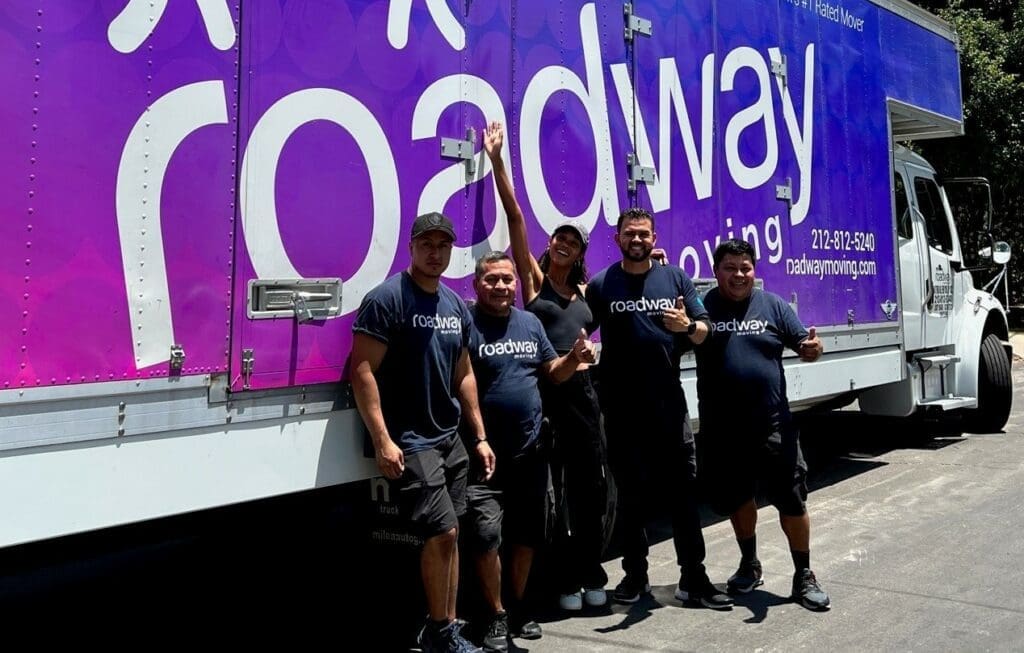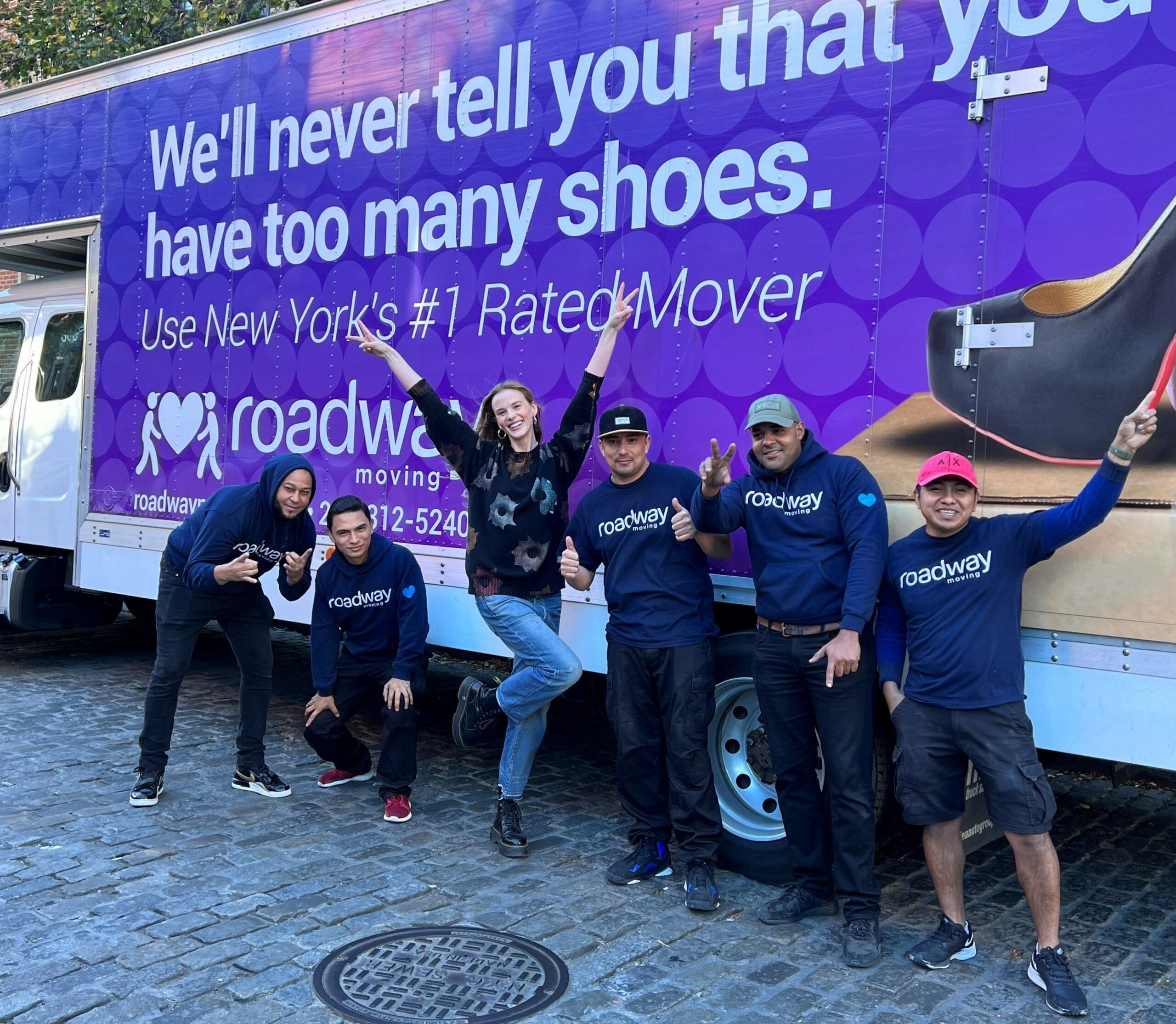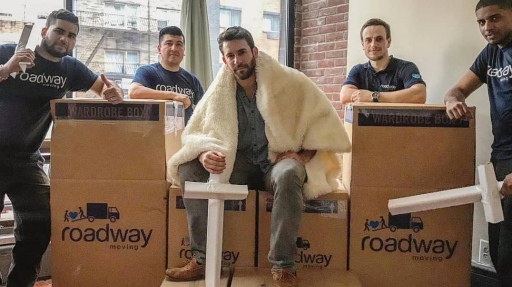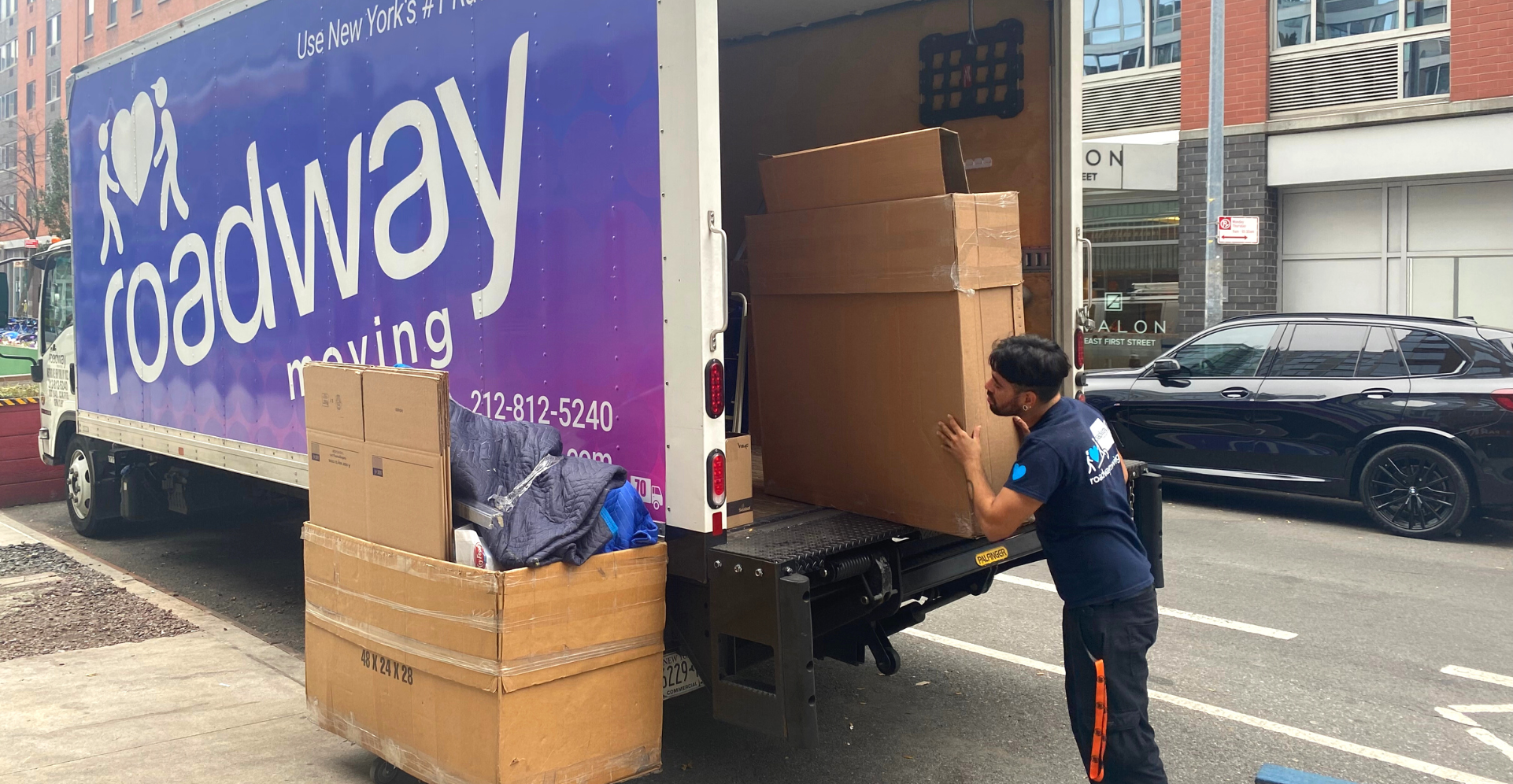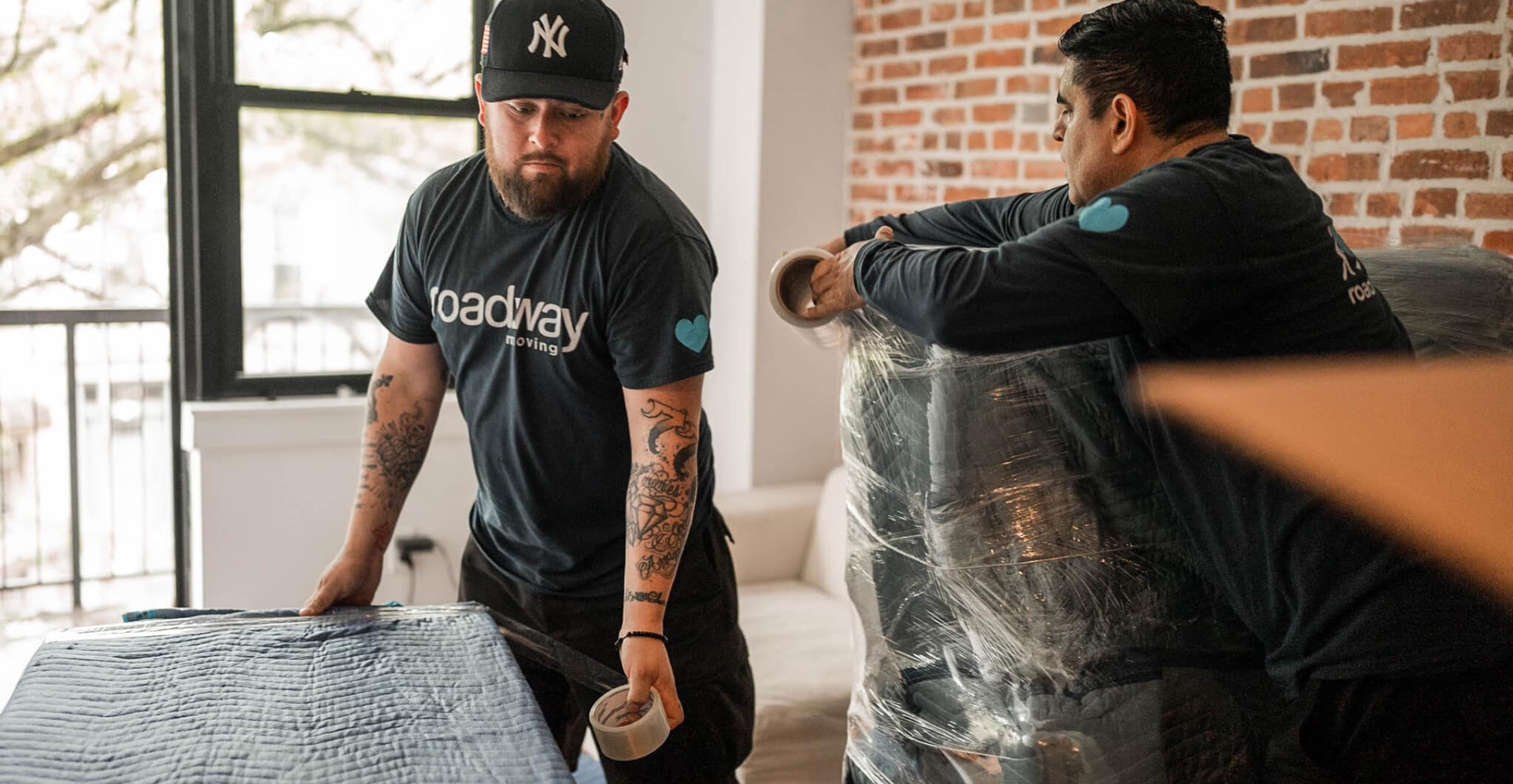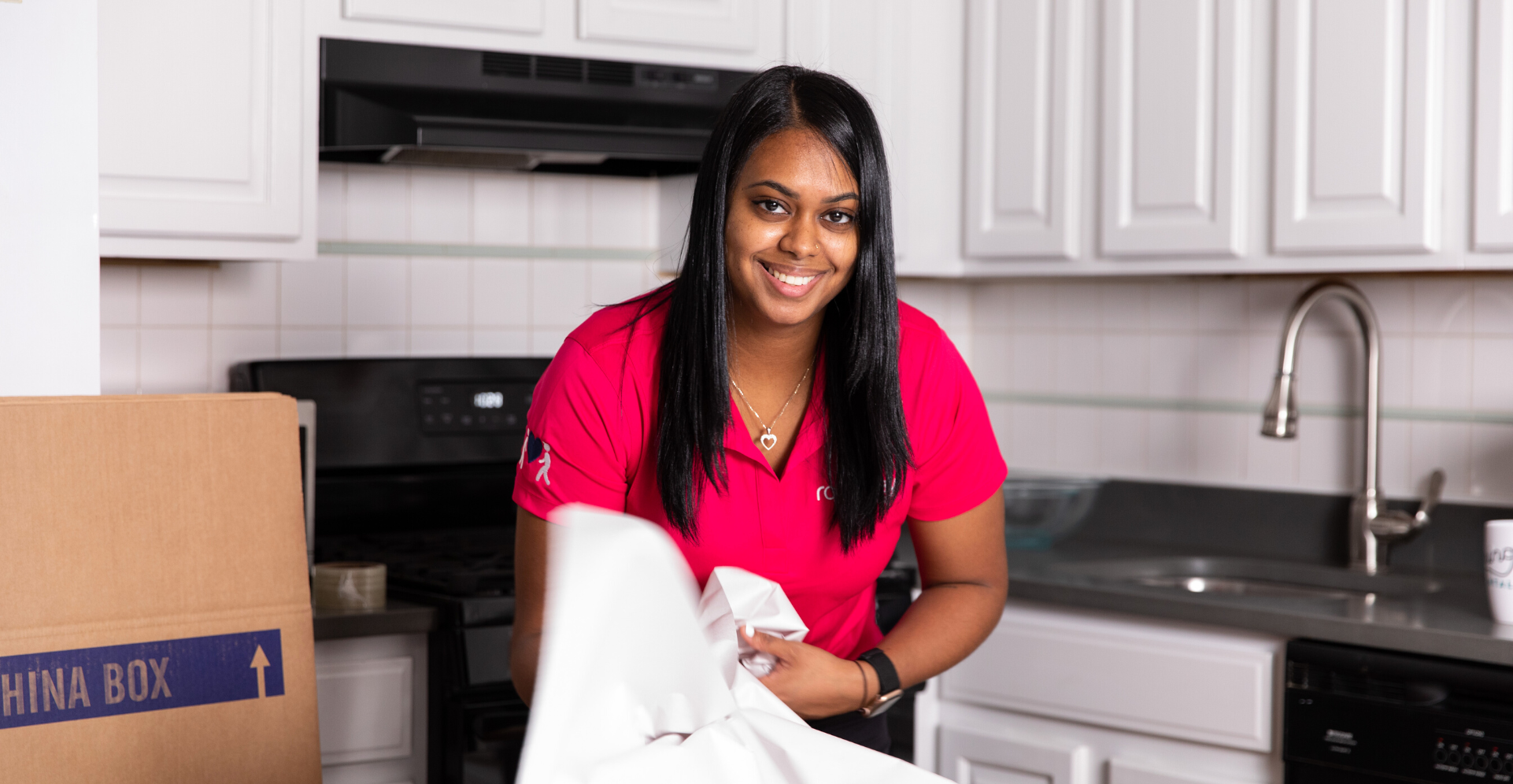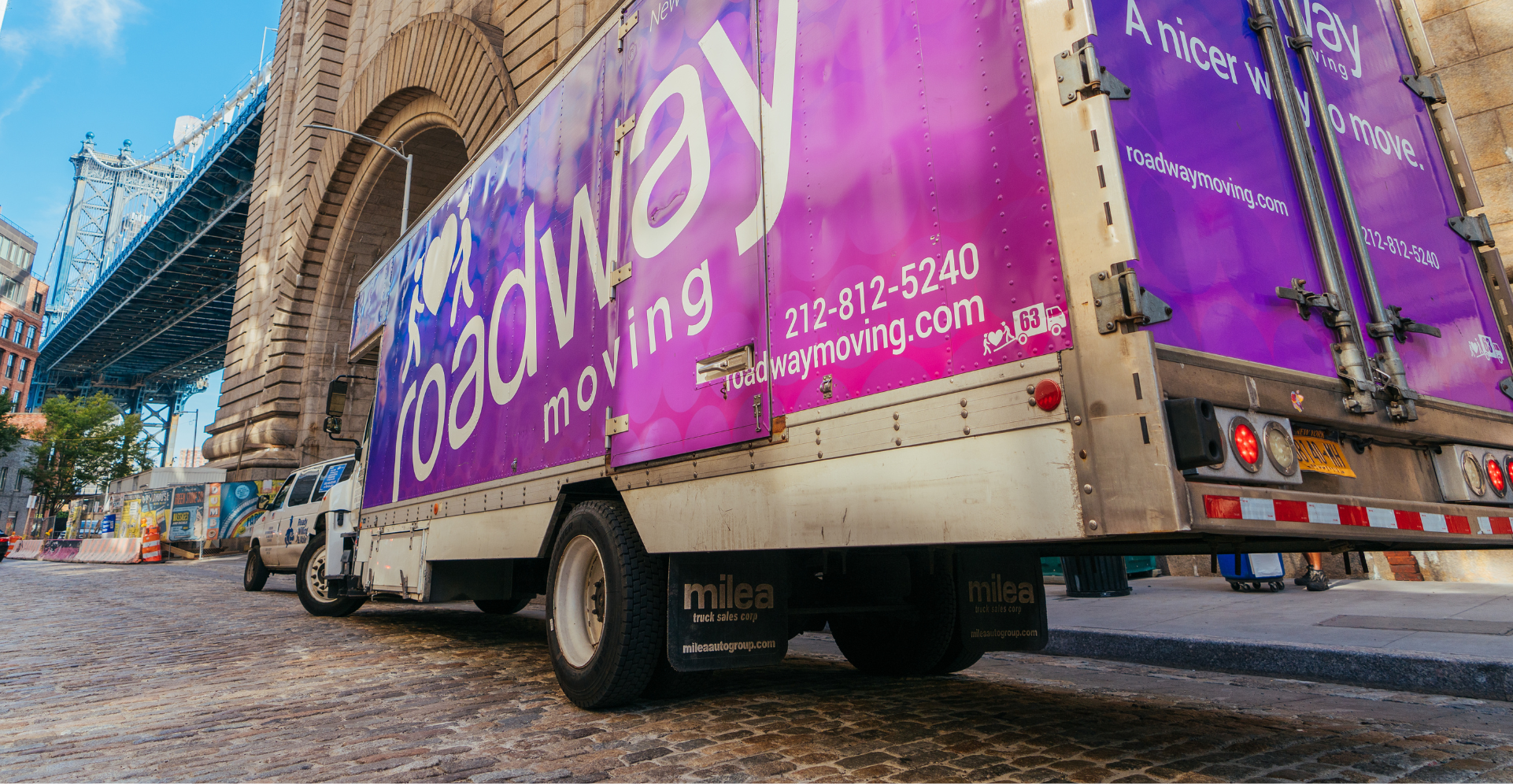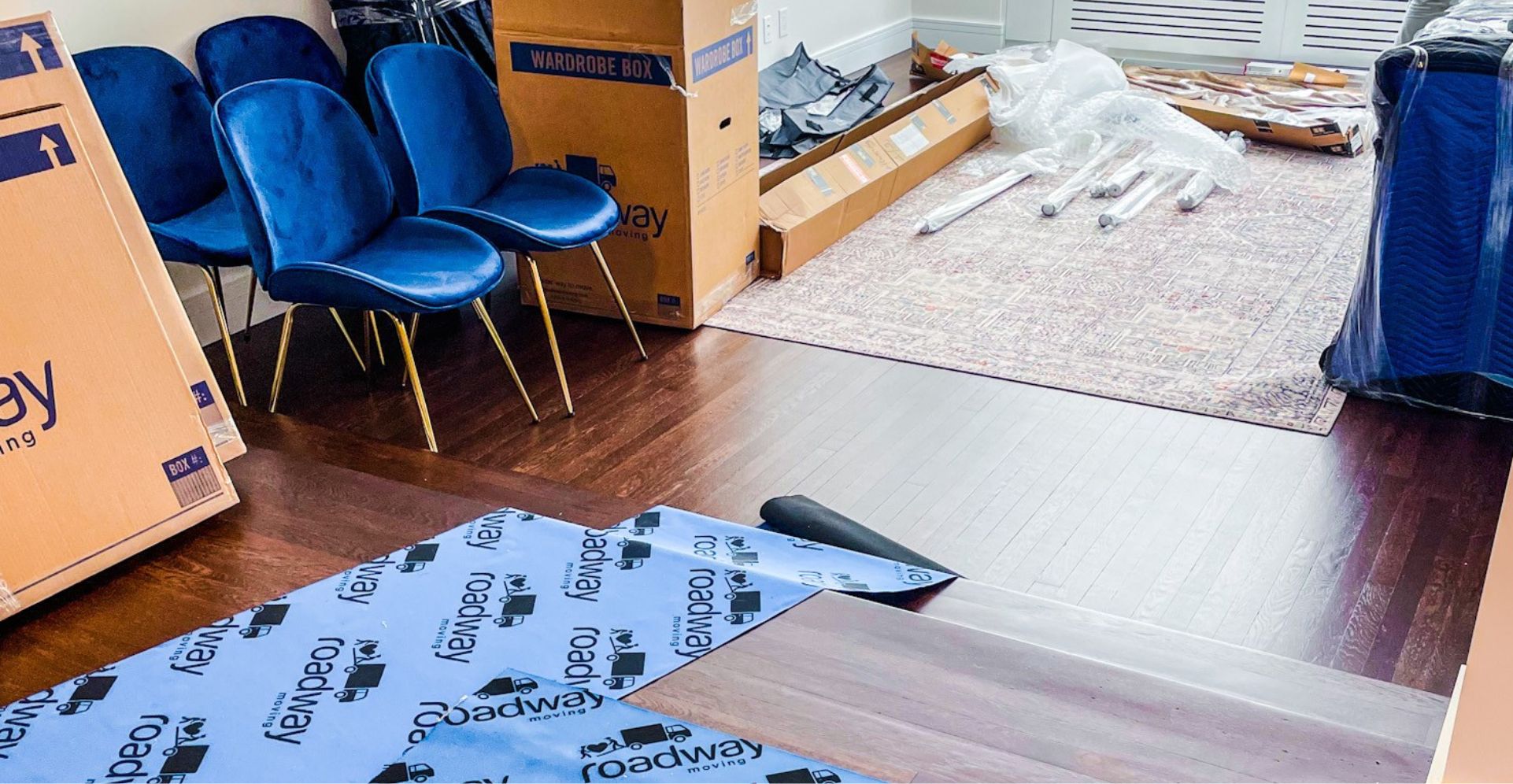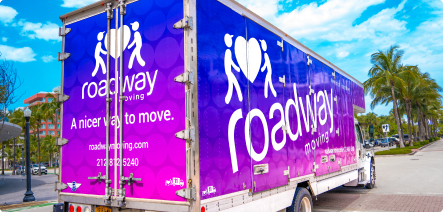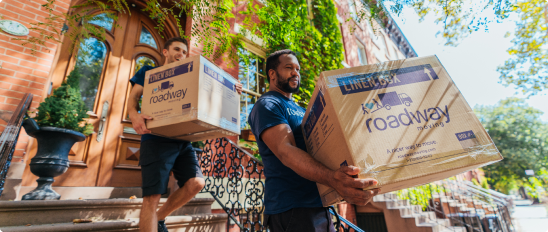The Art of Labeling Moving Boxes






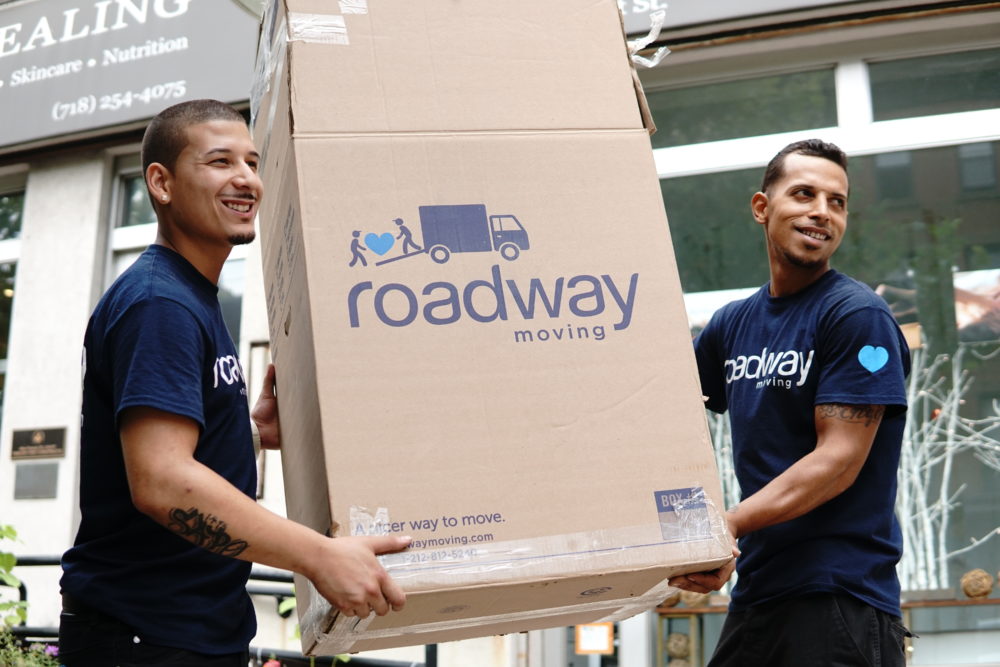
With the number of tasks involved, it’s no surprise why most homeowners would consider moving as a stressful and time-consuming chore. When you’re moving from one location to another, you’ll have to make adjustments with your schedule months before the actual moving date. You also have to go through every area of your existing home, sort out which items are still usable or not, and scout for commercial moving companies. This still doesn’t include the tasks of unpacking and rearranging every item you’ve brought from your old home. And while you can never skip any of these tasks, you can change how you’re actually executing tasks – and learning the art of labelling moving boxes is a great way to start.
Since you’ll be bringing most of your valuables to your new home, it’s important that you know how to properly label your moving boxes. When you follow a certain labeling strategy, it’ll be easier for you to determine where your valuables are the moment you need them. You won’t waste time and energy by going through all of your moving boxes just to find your phone charger, clothes or kitchen utensils. Learn the art of labeling moving boxes by following the tips below:
- Use the right tools for the job: As what they say, you’ll always lose the war if you came unprepared. How else can you defend yourself and fight back against the enemies, right? The same concept can still be applied when you’re labeling your moving boxes. You’ll never get the job done if you don’t have the right tools for it. So before you think about which items go to which box, prepare all the necessary tools for labeling. Have a good quality tape and a variety of markers. You can also opt to buy moving boxes which already has a label printed on the side.
- Sort out your labeling method: The labeling method you’ll use can make or break the success of your move. If you just label all of your kitchen boxes as “kitchen,” you’ll be consuming too much time digging out everything from this moving box when you only wanted to use your old kettle. To avoid this from happening, label your moving boxes as specific as possible. The moving boxes allocated for all of your kitchen supplies can still be segregated into smaller categories. You can group and label your kitchen utensils as “cutlery” or “appliances.” The more specific your labels are, the easier it’ll to find what you’re looking for.
- Number your boxes: The number of moving boxes you’ll use depends on the number of valuables you currently have. If you currently own several valuables and you’re planning to bring all of these in your new home, you might be using more moving boxes than expected. As you use more and more moving boxes, counting all of these can become more challenging, too. You might know how many moving boxes you have when these are still in your home but can you say the same once these are already in transit? Can you pinpoint which boxes are lost? Numbering all of your moving boxes allows you to address all of these concerns. It’s one way of making sure that every item you’ve packed will actually arrive in the new location.
- Label your boxes based on priority: All of your valuables are important to you – that’s probably the reason why you’re packing and transporting all of these to your new home, right? But to make your life easier the moment you arrive in your new home, label your moving boxes based on its priority. Use priority statuses namely high, medium and low so you’ll know which moving boxes you should unpack first. Generally, toiletries and chargers for gadgets should be labeled as “high” since you’ll be needing these items all the time. While you’re at it, don’t forget to label fragile boxes, as well.
Slow And Steady
There are actually a lot of strategies in labeling moving boxes. Aside from the information presented from this article, you can scout for options from other resources. Although it can be tempting to use all of these strategies, don’t. You’ll end up having too many things in your plate which can do more harm than good. The better option is to look for different labeling strategies, assess which ones are suitable for your needs, and slowly use these strategies in your next move. Just make sure that you’re not putting too much pressure on yourself in mastering these labeling strategies and always allow room for improvement.

